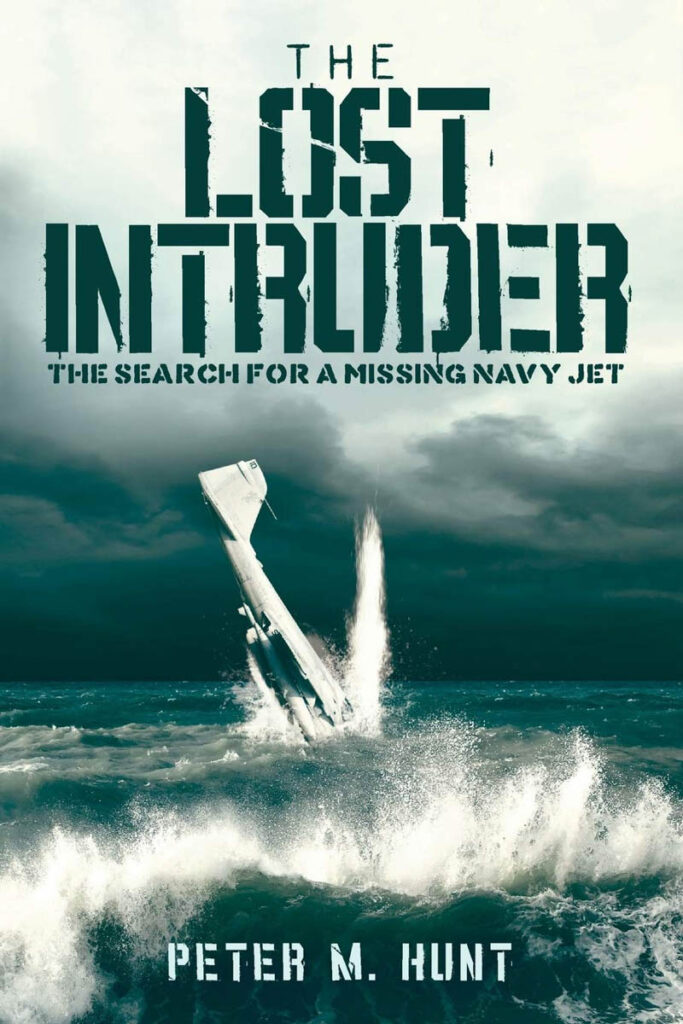Despite owning a boat, I lacked a metal detector, sonar, or any other useful tool for exploring the ocean floor. I was not in a position to invest thousands of dollars on a search because I had an incurable condition, no hope of financial reward, minimal likelihood of success, brain surgery imminent, and one child in college and another ready to start. Still, I was anxious for something to divert my attention from the illness, so I thought, “The hell with Parkinson’s.” I am doing it. As stated in THE LOST INTRUDER. A U.S. Navy A-6 Intruder crashed off the coast of Whidbey Island, Washington, on a windy autumn day in 1989.
The Navy used remotely operated mini-submarines and sophisticated sonar systems to conduct a thorough, four-ship search for the attack jet. They failed to produce anything. Peter Hunt, a former Navy pilot, was familiar with the missing Intruder. He had flown the jet from the deck of the aircraft carrier U.S.S. Ranger, which was part of his squadron. As the accident played out, Hunt stood in the squadron ready room listening to the radio messages: the hydraulic failure, the mission abandoned, the fruitless attempt to drop the landing gear, and then the abrupt ejection into Puget sound.
Hunt, perplexed by the Navy’s unsuccessful search, had long fantasized about the excitement of locating the A-6 and achieving what the U.S. Navy was unable to. However, time was running short. Hunt was diagnosed with Parkinson’s disease at the age of forty-three. Hunt realized he was losing the fight after his symptoms worsened over the course of ten years, he was no longer allowed to fly, and he could hardly scuba dive. Hunt searched for the missing A-6 in 2014, desperate for a focal point to show himself that life still mattered. High seas exploration, deep technical wreck diving, naval aviation, and one man’s hopeful refusal to give up all come together to honour life’s potential. Discover what it means to be alive as The Lost Intruder soars in a triumph of the human spirit.


